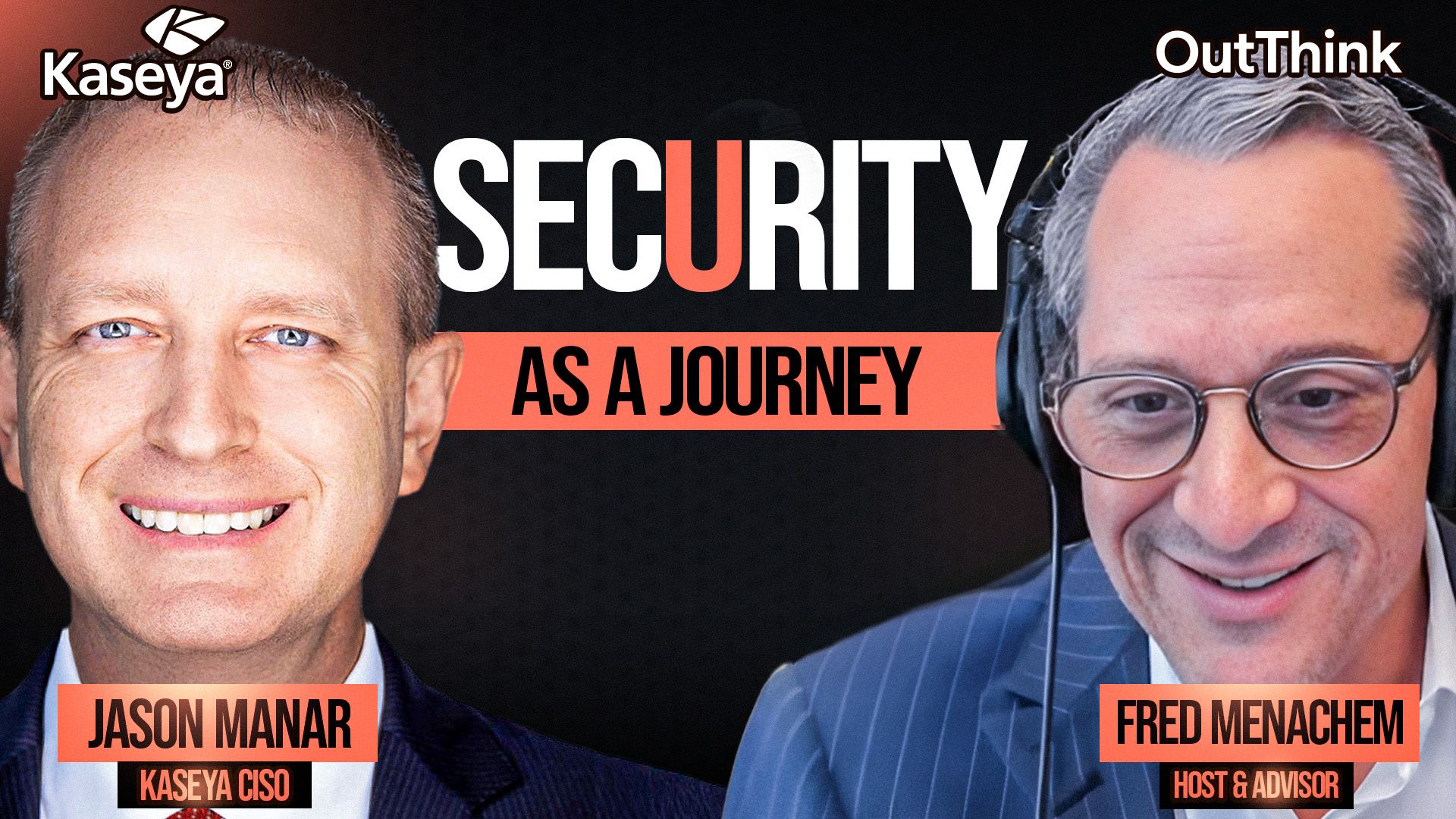Engage & Secure
Discussions with practitioners, thought leaders and academics about the best ways to engage teams outside the CISO's organization in the common goal of securing the enterprise.
Topics include uses of adaptive security technology, behavioral economics, commonly known security threats, roles and behaviors, and of course techniques for turning awareness into secure behavior.

Popular Episodes

Behind the Data Breach: Leadership, Trust, and Cybersecurity with Jason Manar

Security Has a People Problem. Three Leaders Explain Why Ignoring It Is Now a Liability.

Cyber Leadership Across East and West with David Gee, Hosted by Fred Menachem

Origins of Human Risk Management with Flavius Plesu, Hosted by Fred Menachem

Life and Path to Cybersecurity with Flavius Plesu, Hosted by Fred Menachem